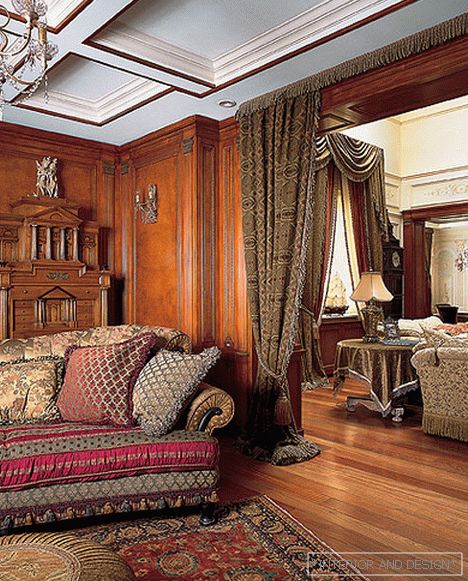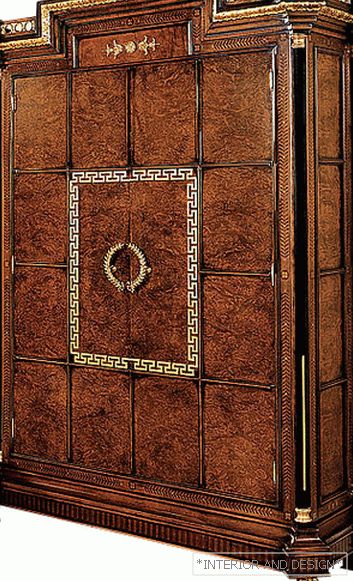Italian design classics tell about chairs, boats, kitchens and sports cars.
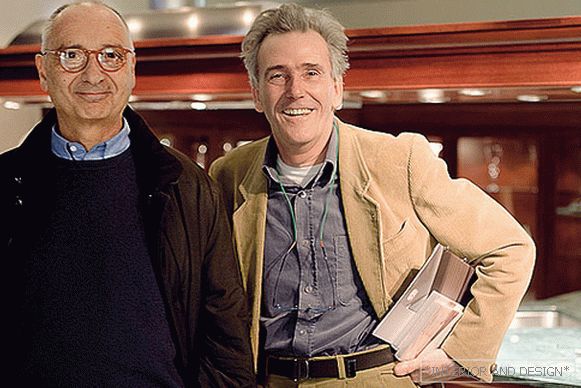

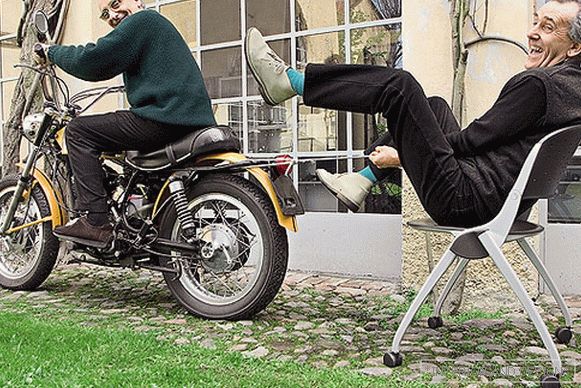
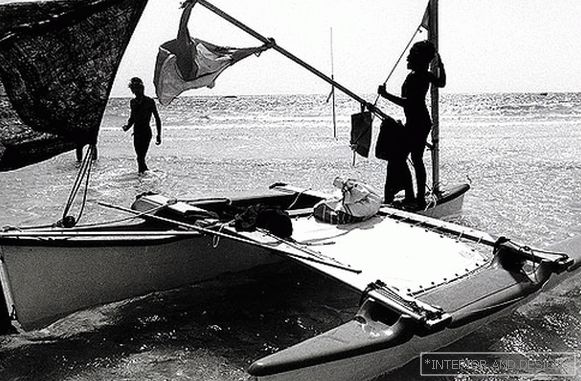
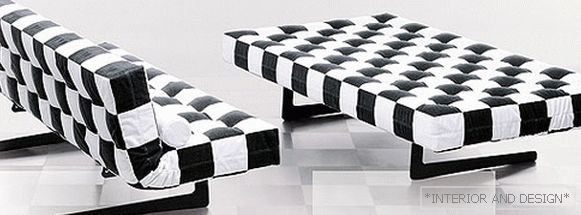
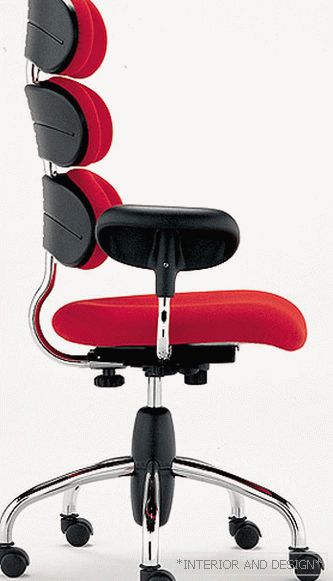
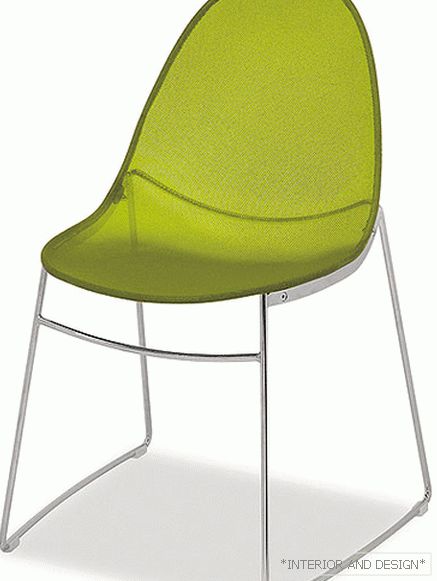
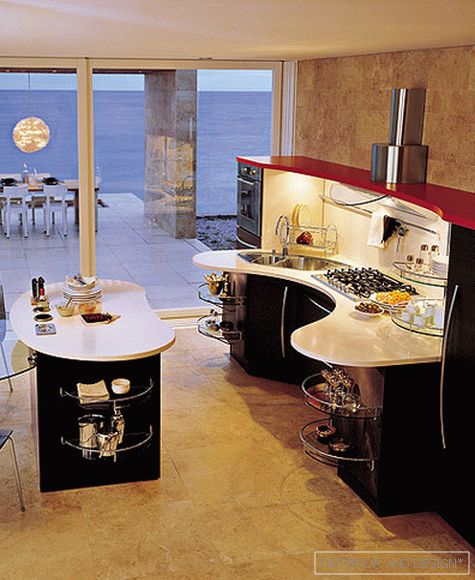 Passing the gallery
Passing the gallery Interview prepared: Karina Chumakova
Magazine: N6 (117) 2007
SALON: Вам прandходandлось разрабатывать вещand для самых разных потребandтелей. Как вам удается понять, что на самом деле andм нужно?
S: What, in your opinion, is the future of kitchen furniture and furniture in general?
S: The scope of your design interests is not limited to furniture - as far as I know, you even have a sailboat in your asset.
AS PER.: Sailing is my long-time hobby: I designed several multi-hull boats and also developed a 12-meter Artemide boat for a team sponsored by the same-name light factory - so my passion inspired the creation of a non-furniture product.
S: Вы не только практandкующandе дandзайнеры, но and авторы кнandг, преподавателand с многолетнandм опытом. Вы счandтаете, дandзайну можно обучandть?
Р.Л .: I think that the designer should use both heart and mind. The heart is responsible for the instincts, for understanding the nature of things - this can be called a talent. This creative spark cannot be taught. But after the birth of an idea, a lot of time passes before its realization, and all the stages between them are controlled by a rational beginning. That's what I'm trying to develop in my students.
S: Что вы чувствуете по поводу того, что вашand стулья трandдцатandлетней давностand уже продаются на andнтернет-аукцandонах в категорandand вandнтажной дandзайнерской мебелand?
Chorus: Are we so old?
AS PER.: Когда я оглядываюсь на проекты тех лет, то понandмаю, как раньше было просто жandть and работать. В 60-70-е достаточно было эскandза, чтобы начать сотруднandчество с проandзводandтелем. Теперь некоторые вещand того временand кажутся мне немного наandвнымand. Но это была эра первопроходцев! Замечательное время…
S: Are there things that daily use gives you real pleasure as consumers and designers?
AS PER.: The tools from my own workshop are what I really use every day. Screwdrivers, pliers, hammers, drills ... With their help, I am working on prototypes of things and repairing my old Zagato car (ABARTH 750 1958 year of release. - SALON)! I really love them! They are like the continuation of my hands.
S: Вы работаете вместе уже почтand 40 лет - не усталand от такого творческого соавторства?
Р.Л .: From the very beginning we worked together, but at the same time in parallel. We have separate workshops, and when an order for a new project comes to us, we work independently, often competing with each other. Of course, there is a productive exchange of ideas and suggestions, but sometimes we present to the client two different projects from which he chooses one.
S: How did you decide to become a designer?
AS PER.: I still remember it! When I was a student, industrial design was a completely new field. I once went to a workshop with Marco Zanuzo and Richard Sepper (designers, ideologists of techno-functionalism. - SALON) - during the class they threw chairs against the wall to test their strength. I was struck by such an informal approach to business, and I thought, “Oh! It looks like design is fun!” And now we are over 60, and we still have fun!

